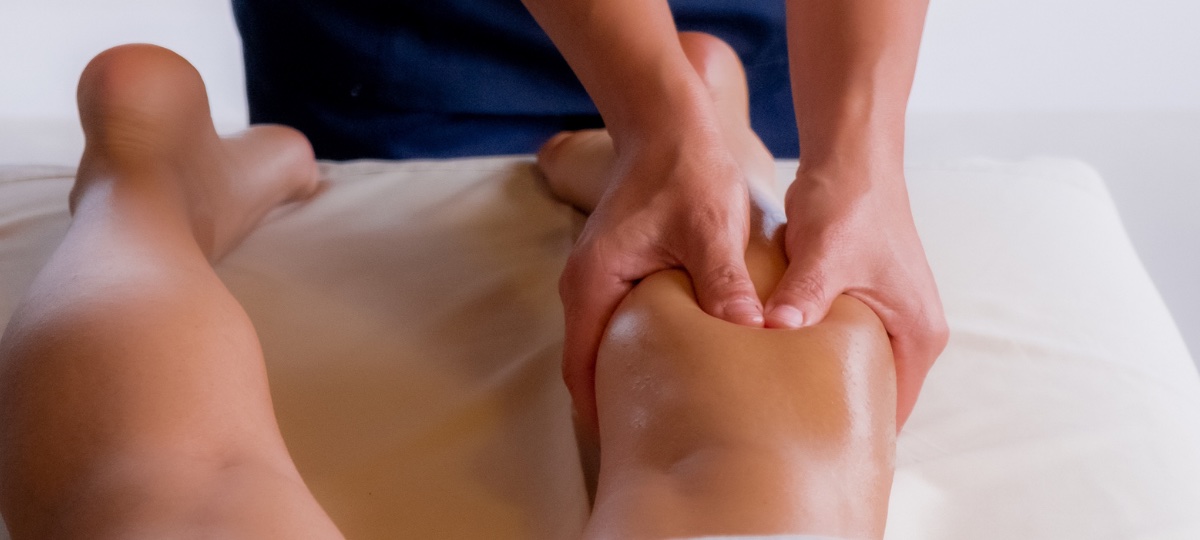Massage Therapy Journal
Massage and Cupping for Chronic Pain
Learn how massage therapy can help people manage chronic pain.
Research showing the benefits of massage therapy for people who need help managing pain and fatigue is fairly substantial.

The study. A randomized trial investigating the effects of slow-stroke back massage compared to music therapy for leukemia-related pain and fatigue enrolled participants who were randomly assigned to either a light massage, music therapy or standard care group.
A total of 104 participants in the massage and music therapy groups received 15-minute intervention sessions three times a week for four weeks. Participants in the control group received standard care.
Cancer-related pain and fatigue intensity were measured weekly by numeric self-report scales during the four weeks of intervention, and during follow up two weeks after the end of intervention.
The results. Pain and fatigue decreased significantly over time for both intervention groups when compared to standard care. The massage and music intervention groups both had progressive reductions in pain and fatigue from baseline to the fourth week, and though fatigue intensity did not vary much between the two, pain intensity decreased more in the massage intervention group.
“Light massage was more effective and persisted longer than the music therapy for controlling leukemia-related pain and fatigue in adult patients with acute leukemia,” researchers noted.
The study. Fatigue is common among patients undergoing chemotherapy for gastrointestinal cancer, and often affects various aspects of their lives. A quasi-experimental study including 88 gastrointestinal cancer patients randomly assigned to either an intervention or control group examined the effect foot massage had on fatigue when compared to standard care.
Participants in the intervention group received four sessions of foot massage with an interval of 40 minutes during chemotherapy. The massage duration was seven minutes per foot.
Fatigue was measured using the visual analogue scale to evaluate fatigue severity directly after intervention and 24 hours after chemotherapy.
The results. Gastric cancer was the most common type of cancer among participants. There was a significant difference in the mean score of fatigue between the two groups immediately after chemotherapy. Fatigue scores in the intervention group decreased gradually while fatigue scores in the control group increased.
“This study demonstrated that foot massage, as a simple method, could reduce chemotherapy-induced fatigue,” researchers suggested.
1. Maladina M, Voss JG, Molavynejad S, Malehi AS, Zarea K, Nouri EM, Ahmadzadeh A. “Slow-stroke back massage compared with music therapy for leukemia-related pain and fatigue: a randomized controlled trial.” JCO Oncol Pract. 2021. Nov;17(11).
2. Alizadeh J, Yeganeh MR, Pouralizadeh M, Roushan ZA, Gharib C, Khoshamouz S. “The effect of massage therapy on fatigue after chemotherapy in gastrointestinal cancer patients.” Support Care Cancer. 2021. Dec;29(12):7307-7314.